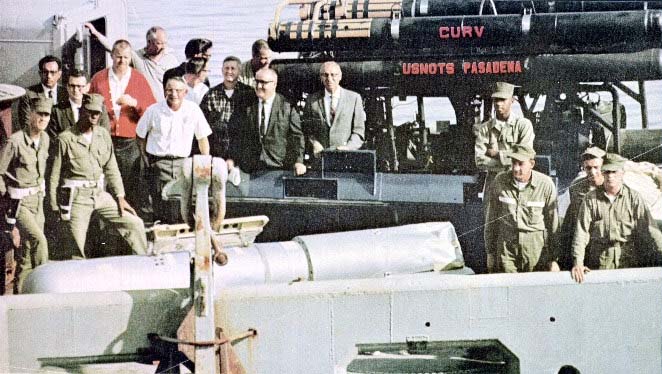In the annals of aviation history, few broken arrow incidents have had the potential for catastrophic consequences quite like the 1966 Palomares B-52 crash. This incident occurred over Spain, and centered around a Boeing B-52 Stratofortress departed from Seymour Johnson Air Force Base, North Carolina, as part of Operation Chrome Dome.

/ Gamma-Keystone / Getty Images)
The Cold War-era mission saw American bombers, armed with nuclear weapons, repeatedly fly to points along the Soviet border. This was a lot of airtime, requiring the aircraft to be refueled in the air.
During this specific flight, two refuelings were conducted, and it was during one that a B-52 Stratofortress collided with a Boeing KC-135 Stratotanker, causing both aircraft to crash. The former broke apart in the air, while the fuel carrier ignited. There were 11 men aboard both, seven of whom died, and the wreckage was scattered across Palomares, Spain.
Even worse was the B-52 had been carrying four B28FI Mod 2 Y1 thermonuclear bombs. Three were located near Palomares. Two had their non-nuclear components detonate on impact, causing a large area to become contaminated with plutonium. The fourth device went missing, prompting a two-and-a-half-month search of the Mediterranean before it was found.
Shown in the Featured Image of this article is a group of US Navy frogmen near Palomares following the broken arrow incident. They were tasked with helping find the missing bomb. In the photo, they can be seen assessing the area with their equipment, either before or after their search. Among the various naval vessels deployed to help with recovery operations were around 150 highly-qualified divers.

More from us: Building the Berlin Wall – And How It Fell Several Decades Later
With the nuclear bomb found and brought to the surface on April 7, 1966, clean-up efforts truly got underway. The plutonium-contaminated soil had to be removed from the area, and the US government decided to use US servicemen to do it. Horrifically, they sent roughly 1,600 men to Palomares to do this, with little-to-no equipment to protect them from the radiation. What’s more, the area remains contaminated to this day.
In the years after, many developed health issues, and, today, they’re struggling to receive compensation from the US government.
